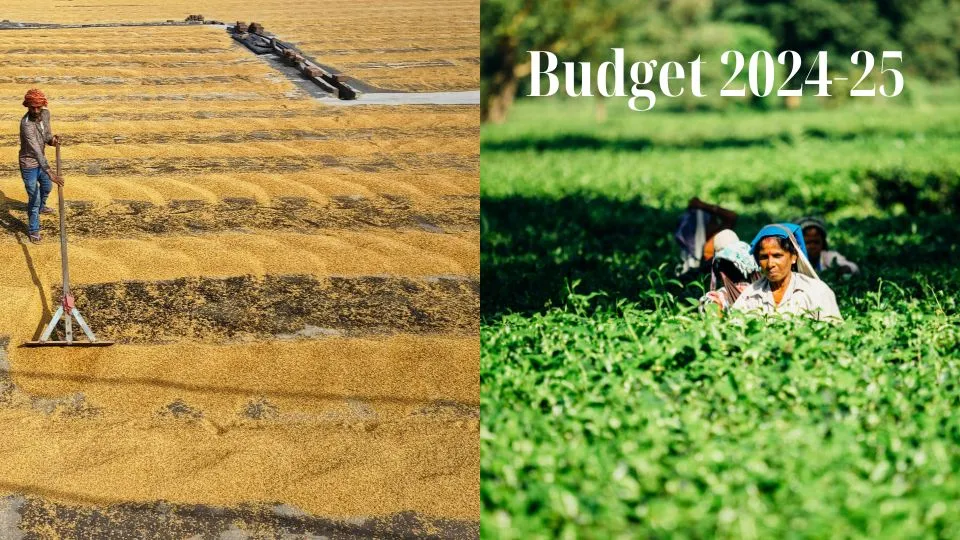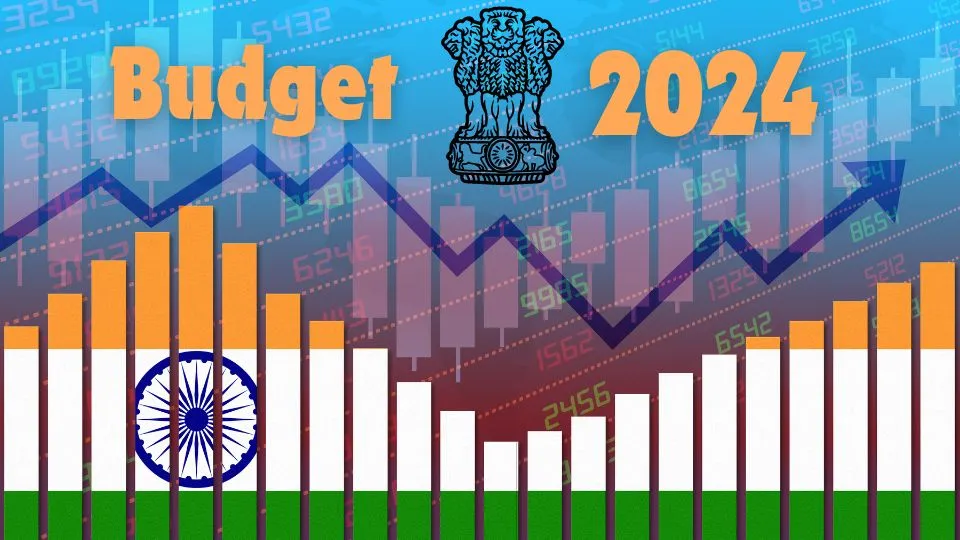Recently, Citi group released a report stating that the unemployment rate would continue to soar even with a 7% growth rate in India. The Indian labour ministry disputed the Citigroup research.
The government emphasised that the aforementioned report does not take into consideration the complete and encouraging employment data that is accessible from official sources, including the Reserve Bank of India’s KLEMS data and the Periodic Labour Force Survey (PLFS).
Also Read | Punjab National Bank and 4 more banks penalised by RBI for regulatory violations
Drawbacks of the report
In contrast to official data sources like PLFS, the Ministry of Labour and Employment stressed that the commercial data sources included in the Citigroup research have a number of drawbacks, such as non-standard definitions of employment and less reliable sample methodology.
It further stated that some writers utilize data selectively, which calls into question the validity of their research and paints an inaccurate image of the job situation in India. The Ministry restated the government’s commitment to building a strong and diverse labor market.
Positive past
From 2017–18 to 2021–22, India created about 8 crore (80 million) job possibilities, according to PLFS and RBI’s KLEMS statistics. This equates to an average of more than 2 crore (20 million) jobs a year, which defies Citigroup’s claim that India is unable to create enough jobs, given that the COVID-19 epidemic will strike the global economy in 2020–21.
The Centre stated in a media release that the substantial job growth reflects the success of multiple government efforts intended for increasing jobs across sectors.
Actual statistics
The Annual PLFS report from 2017–18 to 2022–2023 demonstrates an improved trend in key labor market metrics for those over the age of 15. The labor force participation rate increased to 57.9% in 2022–2023 from 49.8% in 2017–18. The unemployment rate decreased in 2022–2023 from 6.0% in 2017–18 to 3.2%.
More than 1.3 crore customers joined EPFO in 2023–2024—more than twice as many as in 2018–19, when 61.12 lakh members joined. Furthermore, over 6.2 crore net users have joined EPFO in the previous six and a half years. Approximately 7,75,000 new members under the Central and State governments joined the NPS in 2023–24, a 30% rise from the 594,000 new subscribers in 2022–23.This is a glaring example of how government initiatives increase employment.
Also Read | Is Farm loans waiver implemented at the cost of country’s development
Optimistic Projection
The gig economy and Global Capability Centers (GCCs) are also expected to greatly boost employment, according to government projections. It referenced the NITI Aayog research on the gig economy, which projects that by 2029–2030, there would be 23.5 million platform workers, or 6.7% of the non-agricultural employment.
About the Author
Ms Manasi Gawali is an economics graduate from St. Xavier’s College, Mumbai. She is passionate about economics and finance. She enjoys research, writing poems, music, and travel











